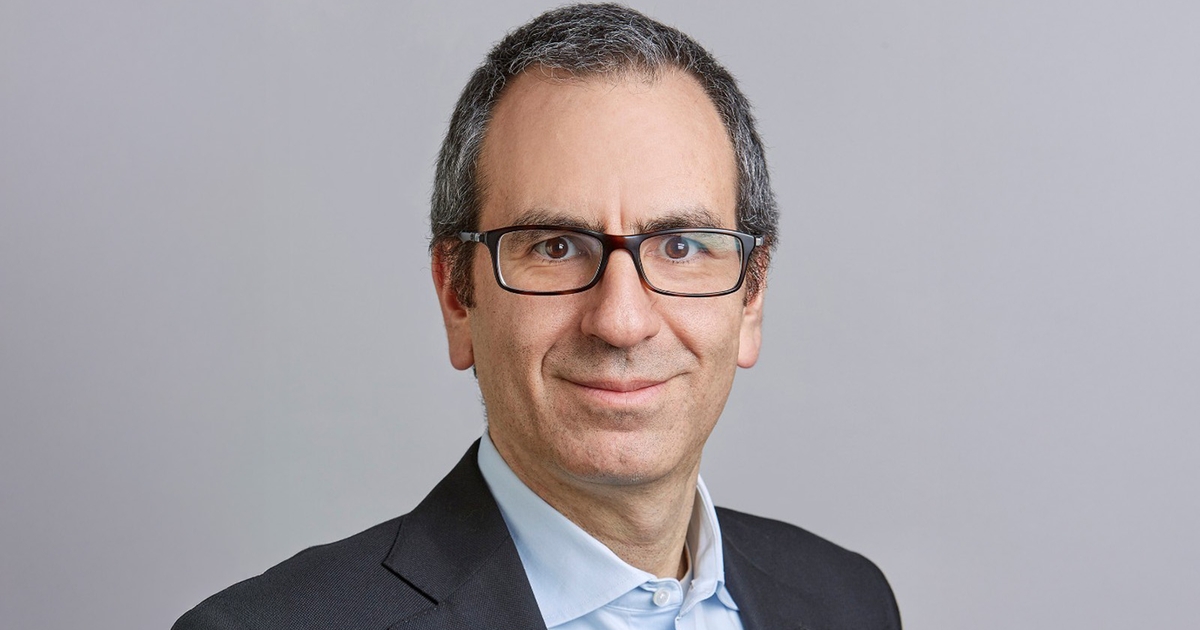When Will Private Market Tokenization Scale Up?
For some time now, “tokenization” has been an emerging buzzword in the private market investment world. Tokenization turns either actual assets or, more commonly, fund shares, into digital units that can be traded and tracked on the blockchain.
The purported advantages of tokenizing private market assets include expanded access for retail investors with lower allocations, faster transactions, the “transparent and immutable blockchain ledger,” and a lessened need for intermediaries. (More on this later.) Some asset managers have enthusiastically embraced tokenization. For example, last year, Dan Weiskopf, senior portfolio manager at Tidal Financial Group, predicted that tokenization would replace ETFs as the preferred investment vehicle of choice for financial advisors. Meanwhile, BlackRock partnered with digital asset specialist Securitize to launch BlackRock USD Institutional Digital Liquidity Fund Ltd., featuring a minimum investment requirement of $100,000. And just this week, Franklin Templeton expanded its Benji Technology Platform, a proprietary blockchain-integrated stack, onto the Canton Blockchain, which is built for institutional finance.
According to a recent report on the state of asset management from PwC, the value of tokenized private credit assets rose by 82% between year-end 2024 and October 2025, to $17.9 billion. The value of tokenized U.S. Treasuries was up 114%, to $8.4 billion, while the value of tokenized institutional alternative funds was up 749%, to $2.97 billion. However, even though the pace of growth has been impressive, the absolute volume of tokenized assets remains minuscule in the context of the multi-trillion-dollar alternative asset universe. Moreover, the U.S. currently lacks an established legal framework governing how retail investors can participate in private market investments through tokenization.
“If you look at the values in October of this year, it’s still a drop in the bucket,” said Roland Kastoun, asset and wealth management advisory leader at PwC. “We see it more as starting to slowly migrate from proof of concept to an at-scale technology. And with the advent of stablecoins and the Genius Act, that’s going to help propel it even faster. It’s always hard to predict the exact tipping point in these things, but we see the momentum gathering.”
Below, Kastoun discusses this and other topics related to tokenization, as well as how the evolution in the space may impact financial advisors.
This Q&A has been edited for length, style and clarity.
WealthManagement.com: Let’s start with the basics. How does tokenization work in private market investing?
RK: It can work at two levels. It can work at the fund level, and it can work at the underlying investment level. Depending on which part you are referring to, you can tokenize the actual assets that the fund is investing in, or you can tokenize the ownership of a fund. Now it’s more ownership of funds, but eventually, you could see more real assets being tokenized directly.
WM: Is there a reason that right now it’s used more at the fund level?
RK: That’s the mechanism in which investors get access to underlying strategies. If you are tokenizing the asset directly today, you have to rethink the entire approach. There’s one extra step of change that has to occur in order to invest directly in a tokenized asset.
WM: What are the main advantages for advisors and their clients in using tokenization for private market investment over investing the traditional way?
RK: It would allow for faster settlements, and more importantly, it would create a new standard. The idea is not necessarily “Create a fund today.” It’s if the industry adopts that as an approach and settlements can happen instantaneously, it creates a different infrastructure that’s standardized vs. the current setup.
WM: How familiar and comfortable are financial advisors and wealth managers with how to use tokenization? And what are some educational resources they can turn to?
RK: When you look at it today, as end investors get more comfortable investing directly in digital assets, whether it’s cryptocurrencies or other forms of digital assets, that will make them even more comfortable using tokenized funds. So, the education that advisors are going through today to better understand the demands of their end investors around digital assets will form the basis of that overall shift as more and more clients and asset managers move to tokenized funds. Because once you’re used to investing in cryptocurrencies and other types of available digital assets, that makes you much more familiar with the concept and the interface. We were hypothesizing that it will be one of the drivers that will force this adoption.
Just like we all started using mobile phones that became smartphones, and we got used to having internet on our phones, and then financial institutions migrated their primary interface from a web portal to a mobile portal, similarly, we see the financial advisors moving toward a more digital asset infrastructure model for their clients. I am presuming that most of them are doing that today anyway to get up to speed on the digital asset ecosystem. That will only accelerate going forward once tokenization takes hold more broadly.
WM: Do you have a sense of how much time it might take before tokenization is commonplace in the industry?
RK: As a general rule, the tipping point is very hard to predict. I would point you to a couple of things: the general pace of adoption of new technologies is accelerating. So, we think that pivot is probably going to take less time than previous transformations. ETFs took a while, and you may say we are still not completely there, as you think about the assets that exist in mutual funds. Whether it’s going to take two years, five years, 10 years, is going to depend on multiple factors.
For example, the increase in retail migration to private markets could accelerate it because it gets harder and harder to manage at-scale private market exposure for retail investors. That will push the providers to different technology solutions to do that. If the markets in Europe and Asia take off, and the Nasdaq follows in the U.S., [that could speed it up]. We have a supportive regulatory environment right now in the U.S. As the Genius Act rolls out and people create more stablecoins and that infrastructure is being built, people will say, “We’ve built it already for this type of use case, let’s expand it.”
There are a lot of different reinforcing trends that are happening in parallel. How fast they will take off and how much acceleration will happen across all of them is very hard to predict. It’s not a 50-year time horizon, it’s not a two-year time horizon. That’s a large range, but it could happen within the next three to five years. It could happen within 10 years.
WM: What legal framework exists right now for tokenization of private asset funds for retail investors? We heard that has been one of the biggest challenges for wider adoption in our space.
RK: That’s something we touch on in our paper. We are seeing the evolution happening in Singapore, in Europe, in the U.K., where there is a move away from that notion that you can only get access to investments because of your wealth band and toward embedding those protections into the actual products themselves. We think that evolution will also happen in the U.S., which would then allow for a more inclusive view of who can access these funds.
This is also a broader trend because diversified wealth management firms used to operate in a very segmented way based on wealth bands. But they are seeing that the needs of their investors are necessarily exactly matched to their AUM. So, they are trying to evolve from the rigid system, so that notion of moving beyond wealth bands and specific allocation of who can do what to a different framework that allows for transparency, guardrails and broader investor protection and suitability approaches. It’s quite advanced and advancing aggressively outside the U.S., and we think with the current regulatory regime in the U.S. it would seem also as a positive investment.
That’s an issue beyond tokenization. It’s the evolution of the regulatory regime that we think is going to happen.
WM: Finally, the PwC talks about the advantages of tokenization in the private market space. What are some of the potential dangers wealth managers have to account for in using tokenized assets or funds?
RK: From your own business view, it’s you being disintermediated. If you think of tokenization, now you are creating an infrastructure where 20 people can trade 24/7 and could take their assets much more easily if you truly have interoperability across a harmonized regulatory framework. This new infrastructure creates much easier exchanges, much more instantaneous transactions. How do you, as a wealth advisor, retain your relevance, retail your relationship with your end-investor and continue to educate them and provide them value-add beyond simply access to products? That’s a question they should ask themselves.
Today, the role is less and less about asset allocation. There are tools, there are models that do that. They still act as a bit of a gateway to access the end investments. If that role dissipates and you are no longer the key gateway to access the investments, how do you create value for the end investor, in what way do you continue engaging with them, on what topics?
By the way, just because you can trade something 24/7 doesn’t mean that you should trade something 24/7. But that’s a different story.




Post Comment